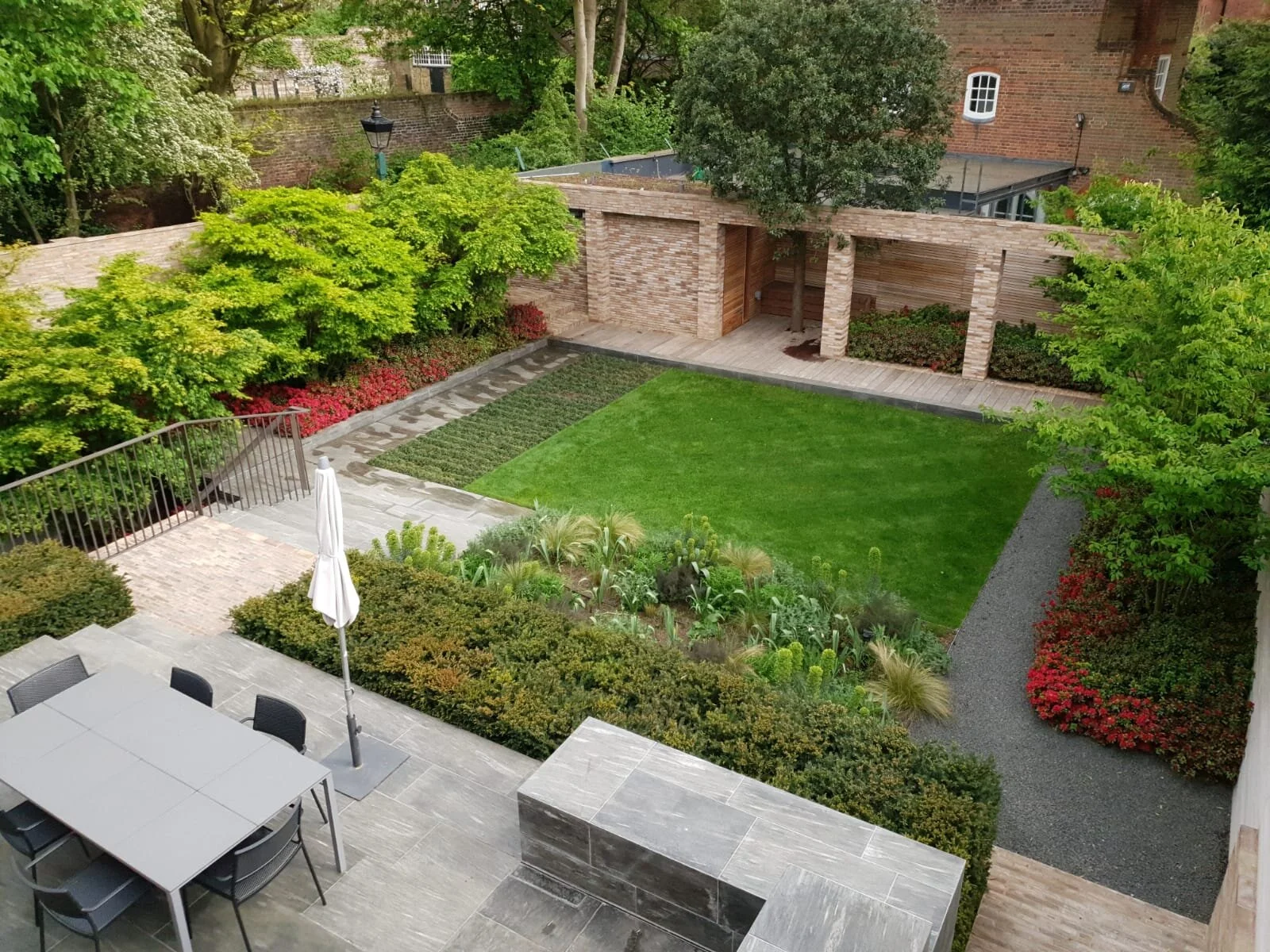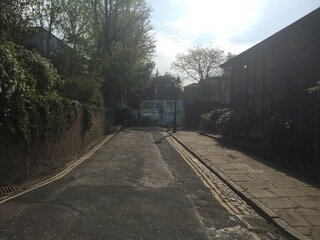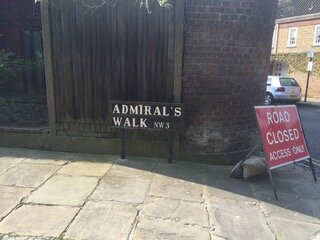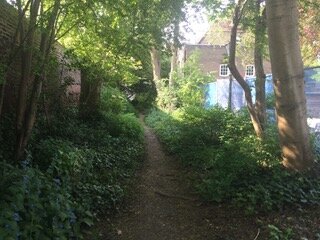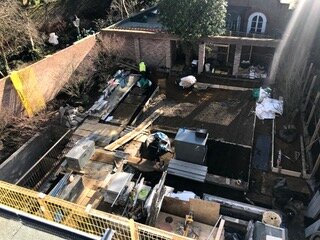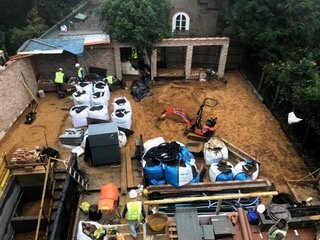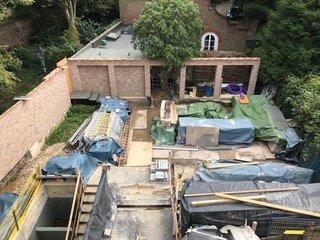How to overcome the unique challenges of London installations
Planting in London requires superb organisational skills because there are so many hurdles to overcome. You need to build in contingency planning and think through all the ‘what if’ scenarios … because if that crane on site is costing £12,000 a day, you can't afford a supplier who calls to say the delivery will be two days late.
Planning for unexpected events can make or break how successful a particular day or even a whole project is. Critical to overcoming logistical challenges is working with trusted, reputable companies who have a track record of delivering on time.
Here are a few points to consider, drawn from our many years of experience:
Road closures take eight weeks to organise.
Where will delivery trucks park, and what if you need to stack them? Do they have enough access? Can they turn around?
Consult with the neighbours. Often landscaping comes at the end of a project when they have had enough noise and disruption. If you haven’t engaged with them to explain what’s happening they can cause problems.
Expect the unexpected, such as a road accident that stops a delivery lorry getting through to the site until late in the day.
Take the time to make sure all materials have been checked in advance of installation day so you know specimens are true to form and stone is the right quality and colour.
Factor in the weight of plants. A wet rootball can be 30-40% heavier if lifted at a particularly wet time of year. Does your equipment have the capacity for the job?
It is essential to work in tandem with other contractors, and often this is about give and take: you might help them if they help you back. It may take a little longer but it ensures sites run smoothly.
A case study in planning and problem-solving – Fleet House
The Fleet House project threw up multiple obstacles, increased because the building contractors had not built a positive relationship with local residents.
The approach and access to Fleet House had to be carefully considered, taking into account parking restrictions, organising the road to be closed along with the impact for neighbours.
Problem 1: on our first day on site we had three lorries backing up because we were moving so much soil into the garden. Although the haulier had been asked to stage the deliveries, they all arrived at once.
The answer: we had anticipated this and identified a road where they could park then drive onto site when required.
Problem 2: a day of very high winds meant we could not lift the trees we had scheduled to move into the garden by crane.
The answer: we rerouted the trees to a holding depot for a day until the winds had dropped, albeit at extra cost.
Problem 3: neighbours were very unhappy with the builders and stopped us lifting plants after only three days of our week-long scheduled programme.
The answer: we prioritised the heaviest specimens that had to be lifted by crane and lifted the rest by hand. Moving large trees weighing 5-600kgs down a small side path with no mechanical machinery was a significant challenge but our ingenious site team (led by Operations Director Florent Durieux) developed a system to do it.
Conclusion: if we had not taken the time to be super-organised and built contingency costs into our schedule the project would have been a disaster. Instead, we solved every problem to give our client the wonderful instant garden the designer had conceived.
We have developed a unique set of skills to create incredible spaces for our clients. Please contact us to see how we can help with your garden.
You can reach us on 0207 305 7183 or email at enquire@alasteranderson.com

